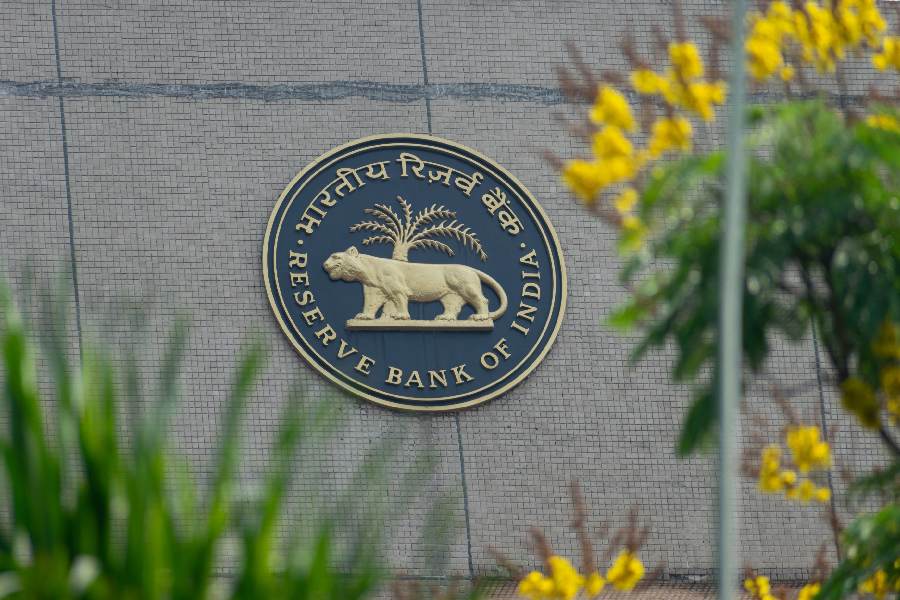Activists from Left-backed parties, worker unions and members of human rights outfits made people aware of the corporatisation of mineral resources and contractualisation of the workforce as the Calcutta-Banaras Jan Chetna Yatra reached its Jharkhand leg on Monday.
Nearly 50 activists took part in the yatra (a combination of walking and travelling by vehicles) which began on December 6 from Calcutta. On Monday, they visited Chirkunda, Keliasole, Baliapur, Golakdih, Randhir Verma Chowk and Nirsa (all in the coal hub of Dhanbad district).
During the yatra, street corner programmes are organised where speakers raise issues specific to the region and stress the need for a revolutionary struggle against neoliberal fascist forces who are polarising society and fomenting communal hatred.
“Based on the discussion with the local activists we feel that nationalised mines are gradually shifting towards corporatisation and in the process, the workforce is being outsourced to contractors. All these are leading to violation of labour laws and have become the core issues confronting the labour class in this part of the state,” said Delhi-based activist and representative of the yatra, Shreya Ghosh.
“We find that both the BJP-led Centre and the other parties, who are in Opposition at the Centre but are in power in Jharkhand, are not able to resist corporatisation of mines and contractualisation of the workforce and have not shown the intent to fight against these issues. We have sensitised the people during the yatra on these issues,” said Shreya.
“We also found that several government schools in Jharkhand were closed in the name of the merger during the previous government (Raghubar Das-led BJP government) in Jharkhand which is in a way encouraging the privatisation of education and we have made people aware about it too,” added Shreya.
The yatra will pass through Bokaro in Jharkhand on Tuesday and then enter Bihar and pass through Patna, Gaya and Sasaram before entering Uttar Pradesh and culminating at Banaras on December 20.
“We decided to opt for this route as Bengal has had a history of labour struggles and Banaras is at the heart of the Hindutva design of the fascist BJP government,” informed Shreya.
The Bengal leg passed through Bankura, Barjora and Beliatore areas of historical peasant and tribal struggles and also passed through Durgapur and Asansol which contain steel plants and coalmines.











